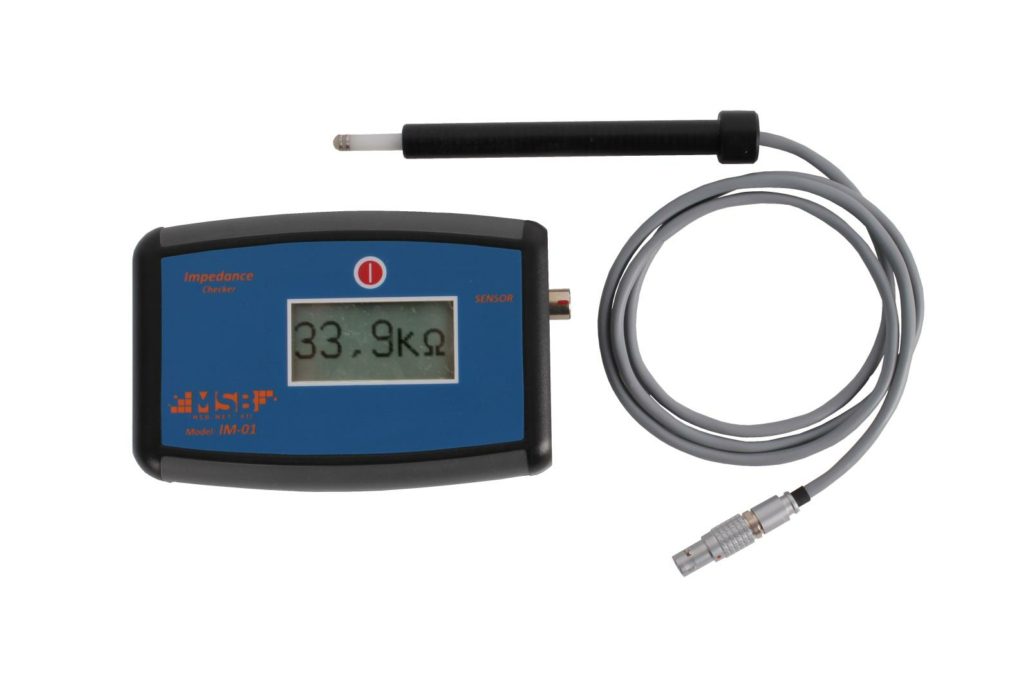This product group is an essential component of our company’s portfolio. Our current and future goal is to provide precision fine mechanics units for in vitro tissue and organ metrology based on 42 years of experience in this field.
Through this activity we would provide a service to companies and research institutes. Our company undertakes the design and manufacture of
custom-made mechanics and the fitting of sensors to be connected to the units, and we also offer sensors developed by us for the units.
IOB-04/08
in vitro isolated organ bath for tissue slices
The mechanical and glass connections of the organ bath system provide optimal physiological conditions for the viability of the tissue preparation. To achieve credible physiological effects, the system must meet three basic conditions.
- Stable temperature maintenance.
- Buffer solution flow.
- Gas input continuity/quality (Carbogen).
Main applications within pharmacological, physiological research are the in vitro efficacy studies of smooth muscle preparations (e.g. small intestine, colon, uterus, vascular ring, etc.). In order to perform these tests efficiently, we have designed the storage and operation execution units that make up the system.
LMP-01/02
In vitro cardiac perfusion system with working heart option
The system is suitable for long term in vitro perfusion examination of small mammalian (mouse, rat, guinea pig, rabbit) hearts. The main advantage of the system is that each experimental application can be performed on the same stand by modular exchange of mechanical and glass units. The system allows:
- Langendorf – Janiczky with (balloon) working heart option.
- Langendorf – Neely (retrograde flow) with working heart option.
Optimal physiological operation is ensured by pump control providing constant pressure/flow and temperature stability of the system. Experimental performance and safety are enhanced by the provision of a customized heart holder for each species. Sensors for physiological parameters (pressure, flow, temperature) can be placed directly above the heart in the heart holder. Unobstructed attachment of the specimen to the organ holder and rapid placement in a stable temperature chamber is ensured by the self-adjusting, movable organ vessel.
KL-01
In vitro kidney/liver perfusion system
The unique technical solution of the company’s kidney, liver and mesentery perfusion device enables the long-term maintenance of the organ and the uncontaminated washing out of metabolites and biomarkers with the perfused buffer solution, and their collection for further analysis. The technical solution is not to keep the organs in liquid for survival, but in a vapour of 35,4 ºC buffer solution enriched with carbogen.
In order to create the right physiological conditions, two hermetically separated chambers (CH1 humidifier, CH2 tempering) are formed inside the organ bath. The chambers are filled with buffer solution and their temperature is controlled independently.
ME-01
In vivo myoelectric (EGIG) measurement and evaluation system
Since the 1980s, before its establishment, our company has been involved in the development of measurement techniques for the physiological functioning of the gastrointestinal tract (GI) wave activity (Electrogastrogram EGIG), the software processing of the measured waves, and the interpretation of the data obtained from the processing in terms of effects.
In the field of biomedical research (physiology, pharmacology in particular), the application is designed for studies on small laboratory animals (rats, guinea pigs, etc.) in awake and anaesthetised conditions. The system has the particular advantage of being able to detect and map cardiac (ECG) waves and body temperature data in combination with EGIG waves. The mapped waves are displayed in 8 independent channels according to the parameters (e.g. EGIG: stomach, small intestine, large intestine). The monitored signals can be stored with labels and automatically evaluated according to their physiological characteristics.
IM-01
Oestrous cycle monitor for small animals
The IM-01 oestrous cycle monitor determines the optimal mating day during the oestrous cycle of small animals by means of a conductivity sensor inserted in the vagina.
The device can be used on several species of small animals (e.g. rabbits, guinea pigs, etc.), but is particularly suitable for biological research on rat and mouse breedings.
System benefits:
- Quickest and most effective way to determine proestrous, oestrous.

- Effective tool to improve the reproductive efficiency.
- Widely used for small animal species.
- No special high-level skills are required to use the device.
Technical parameters:
- Liquid crystal display.
- Measuring range 0 – 34kΩ.
- Measuring current 100µA/72Hz sine wave.
- Power supply 9V exchangeable battery.








